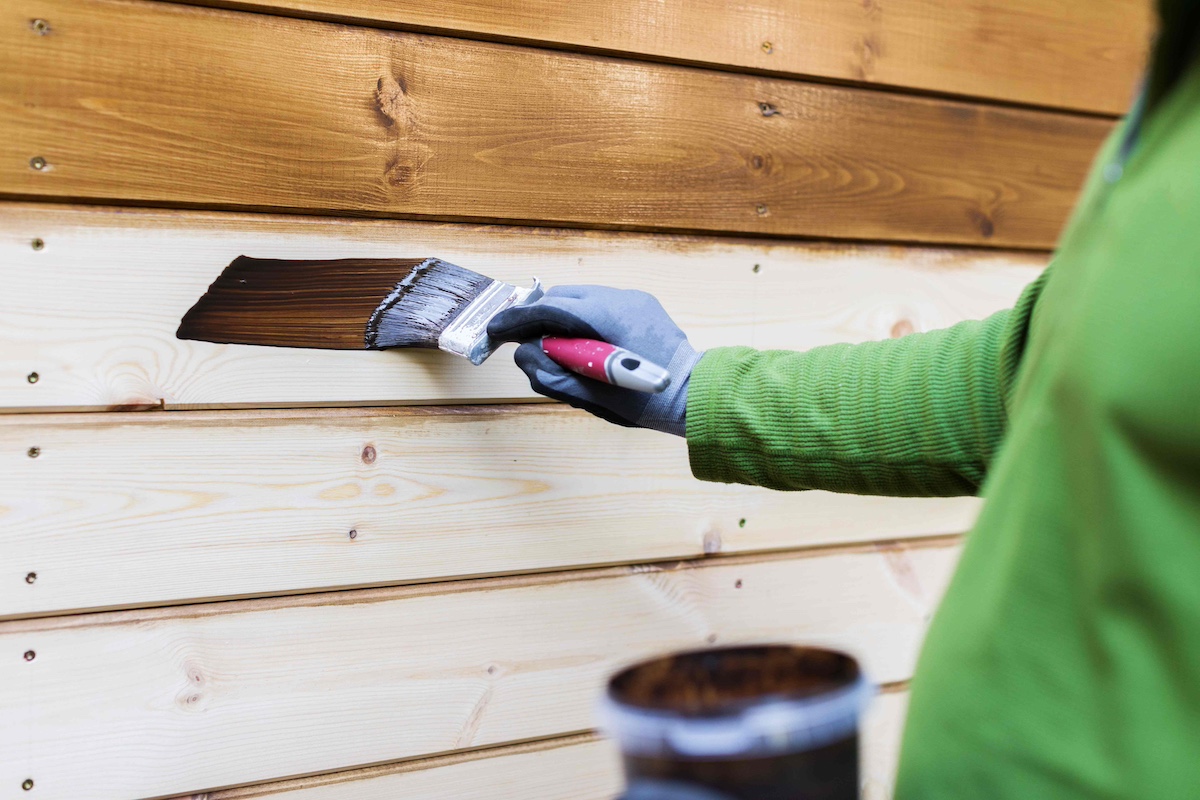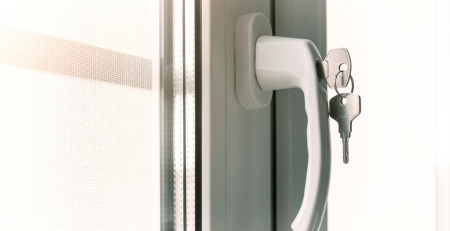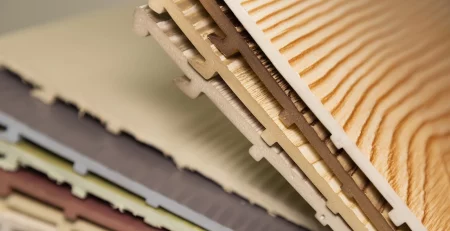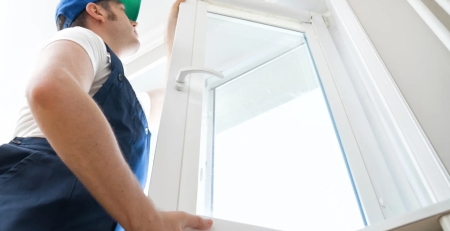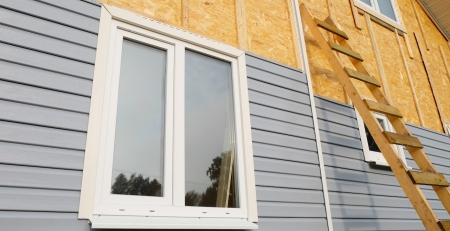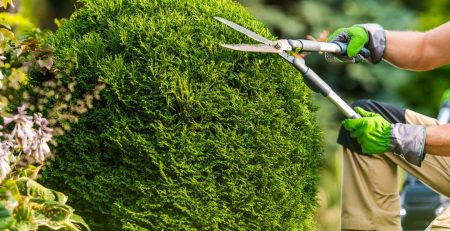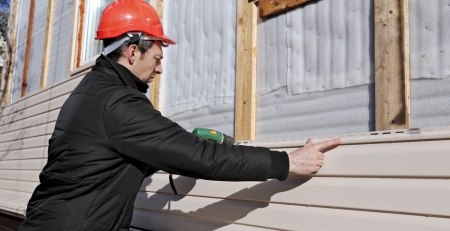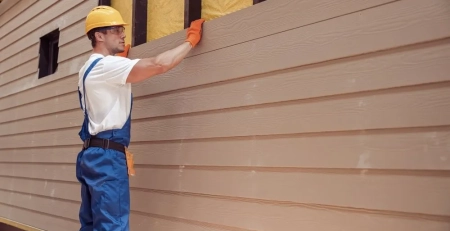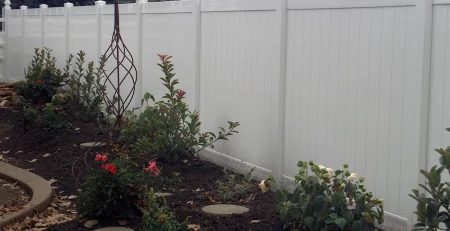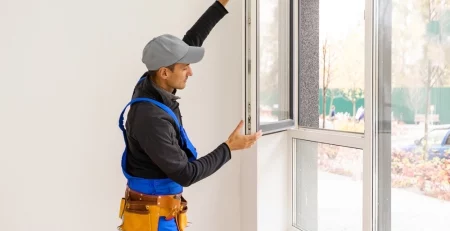Keep Woodpeckers Away from Your Home’s Siding
Woodpeckers, with their distinctive drumming and vibrant plumage, are fascinating creatures to observe in nature. However, their persistent pecking can turn them into unwelcome visitors when they decide to target your home’s siding. The damage they inflict can be costly and unsightly. Fortunately, there are several humane and effective methods to deter these avian carpenters from making your house their next project.
Understanding Why Woodpeckers Peck
Before delving into deterrents, it’s essential to understand why woodpeckers peck on houses:
- Foraging for Food: Woodpeckers often peck to find insects residing in the wood.
- Creating Nesting Sites: They may peck to create cavities for nesting.
- Drumming to Communicate: Woodpeckers drum to establish territory and attract mates.
Knowing the cause can help tailor the most effective deterrent strategy.
Physical Barriers
- Netting and Mesh: Installing bird netting or wire mesh over the affected areas can physically block woodpeckers from accessing your siding. This method is highly effective but may alter the appearance of your home slightly.
- Reflective Tape and Objects: Reflective materials such as Mylar tape, old CDs, or mirrors can scare woodpeckers away. The sunlight reflecting off these surfaces creates a visual deterrent that discourages birds from approaching.
- Woodpecker Repellent Paint: Special paints infused with a taste aversion compound can deter woodpeckers. These paints are safe for birds but unpleasant enough to make them look elsewhere for their pecking needs.
Acoustic Deterrents
- Sound Devices: Ultrasonic devices that emit sounds inaudible to humans but disturbing to woodpeckers can effectively deter them. There are also motion-activated sound devices that produce predator calls or distress signals when a woodpecker approaches.
- Wind Chimes and Bells: Hanging wind chimes or bells around the affected area can create a noise that deters woodpeckers. The random and persistent sounds can make the area less appealing.
Visual Deterrents
- Decoy Predators: Installing decoy predators like plastic owls, hawks, or snakes can scare woodpeckers away. For added effectiveness, choose decoys with moving parts or realistic features.
- Colorful Streamers: Brightly colored streamers can be hung from eaves or siding. The movement and colors create a visual disturbance that woodpeckers prefer to avoid.
Habitat Modification
- Eliminate Food Sources: Ensure your home’s exterior is free from insects by using insecticides or hiring pest control services. Without an abundant food source, woodpeckers are less likely to peck your siding.
- Alternative Nesting Sites: Providing an alternative nesting site, such as a woodpecker house, can redirect their attention away from your siding. Place these houses at a suitable distance from your home to lure them away effectively.
Professional Solutions
- Consulting Wildlife Experts: If woodpecker activity persists despite your best efforts, it may be time to consult wildlife control professionals. They can provide tailored solutions and ensure that deterrent methods comply with local wildlife protection laws.
Long-term Prevention
- Regular Maintenance: Keep your home’s siding in good repair. Regularly inspect for and fix any damage, as deteriorated wood can attract woodpeckers looking for an easy pecking target.
- Natural Predators: Encouraging natural predators, such as birds of prey, can help control the woodpecker population. This method might involve creating a habitat that attracts these predators, such as installing perches or nest boxes.
Woodpeckers, while delightful in the wild, can be a nuisance when they target your home. Employing a combination of these deterrent strategies can protect your siding and maintain the aesthetic and structural integrity of your house. Remember, the goal is to find a humane way to coexist with these feathered friends while safeguarding your home from damage.

